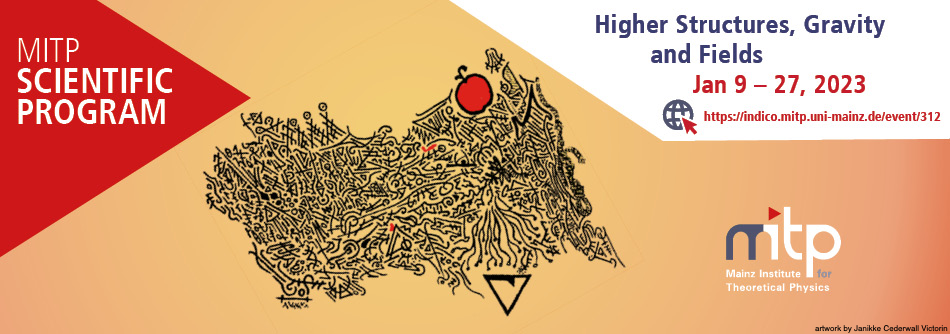Speaker
Description
Gauging procedures in supergravity theories depart from classical gauge theories as in the former, the gauge fields take values in the fundamental representation V of the Lie algebra g of global symmetries of the system. The consistency of the theory relies on a pairing V-->g called the embedding tensor, turning V into a Leibniz algebra. As is usually met in higher gauge theories, if the gauge algebra is not Lie, it is replaced by some higher form of Lie algebras. Here, such a higher structure is materialized by a differential graded Lie algebra on a chain complex of g-modules, called the tensor hierarchy. In the present talk we explain how tensor hierarchies are genetically related to Lie algebra crossed modules.
Indeed, two such algebras V and g, together with their embedding tensor, form a triple called a Lie-Leibniz triple, of which Lie algebra crossed modules are particular cases. The canonical assignment (functor) associating to any Lie algebra crossed module its corresponding unique 2-term differential graded Lie algebra can be extended to the category of Lie-Leibniz triples, giving their associated tensor hierarchies. This shows that Lie-Leibniz triples form natural generalizations of Lie algebra crossed modules and that their associated tensor hierarchies can be considered as some kind of 'lie-ization' of the former. The "oidization" of such Lie-Leibniz triples then conjecturally opens the possibility to define the tensor hierarchies associated to Courant algebroids and G-algebroids.

